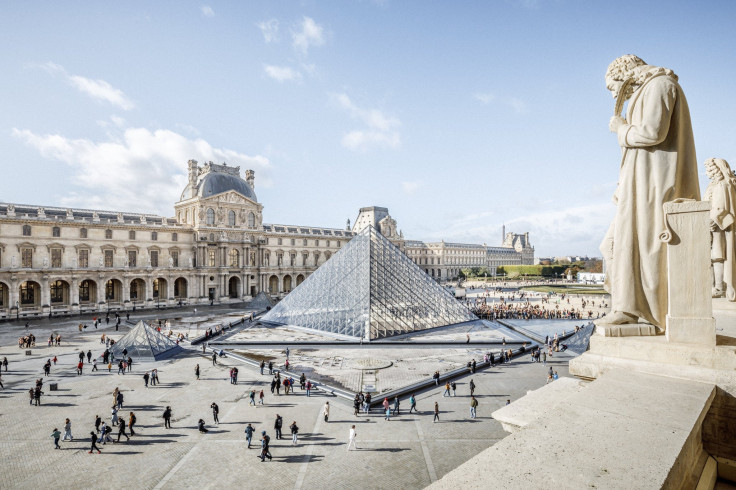The Real Reason Behind the Louvre Security Breach: Was Video Surveillance Compromised by a Password Blunder?
Authorities are investigating how petty criminals executed one of the boldest art heists in history, exposing shocking flaws in the Louvre's outdated security systems

The audacious £76 million (approximately $97 million) Louvre robbery shocked the world not only for its bold execution but also for how easily the thieves were able to break in and out.
On 19 October 2025, criminals used a truck-mounted ladder to reach a first-floor window of the Louvre's Apollo Gallery in Paris. Once inside, they targeted a glass display containing diamond and sapphire-encrusted jewellery that had once belonged to French royalty. The thieves then fled on motorcycles, managing to escape with treasures worth an estimated £76 million (roughly $97 million).
What stunned investigators and the public alike was the simplicity of the plan. Despite using rudimentary tools such as angle grinders, the group managed to pull off what has been described as one of the most daring art thefts of the century. The fact that such a major heist occurred in a globally renowned museum raised immediate doubts about the Louvre's internal security systems.
A Password That Shocked Cybersecurity Experts
Reports later revealed that the Louvre's internal video surveillance server once had the password 'Louvre'. The detail, first uncovered by the French newspaper Libération, stemmed from internal documents dating back to 2014. While it remains unclear whether the password was updated in the years since, its existence has been described as a glaring failure in digital security management.
According to Libération, experts from the French Cybersecurity Agency had already demonstrated in 2014 that the network could be easily compromised. They were able to manipulate video surveillance and adjust user access within minutes. This discovery showed how outdated and vulnerable the museum's system had become, despite its responsibility for safeguarding priceless historical objects.
Ignored Warnings and Outdated Systems
A 40-page audit by the National Institute for Advanced Studies in Security and Justice, completed in 2017, revealed numerous weaknesses. The report found 'serious shortcomings' and noted that the Louvre had 'poorly managed' visitor flow and relied on ageing surveillance infrastructure. The same audit also warned that certain rooftops were easily accessible due to ongoing construction work at the time.
These findings appear to have gone largely unaddressed. Documents from 2025 suggest that the Louvre was still using software purchased in 2003, running on hardware powered by Windows Server 2003 — an operating system long considered obsolete. The outdated setup left the museum's defences decades behind current cybersecurity standards, making it a likely target for exploitation.
Did the Thieves Exploit the System?
Interestingly, there is no evidence to suggest that the criminals tampered with the museum's video surveillance system. Footage of the heist clearly shows the suspects using tools to cut through glass displays and access the jewels. This implies that despite the system's flaws, the cameras remained operational and recorded the incident in full.
Investigators have since identified four suspects, aided by DNA evidence found at the scene. None are believed to be part of organised crime networks, but rather local petty criminals with previous robbery convictions. The fact that such an uncoordinated group managed to breach one of the most famous museums in the world has only deepened the scrutiny surrounding the Louvre's internal controls.
Security Under Fire
The Louvre's management has faced widespread criticism following these revelations. Questions have been raised about how one of the world's most visited museums could maintain such a fragile security infrastructure for over a decade. An employee familiar with the system later confirmed that the video surveillance password was, indeed, 'Louvre', further fuelling outrage.
© Copyright IBTimes 2025. All rights reserved.





















